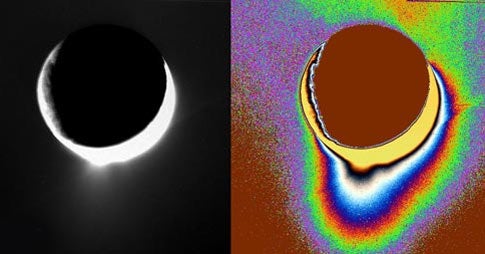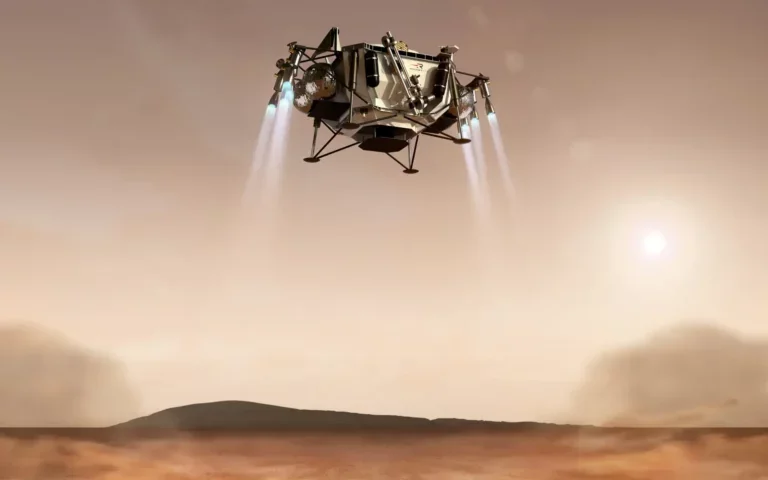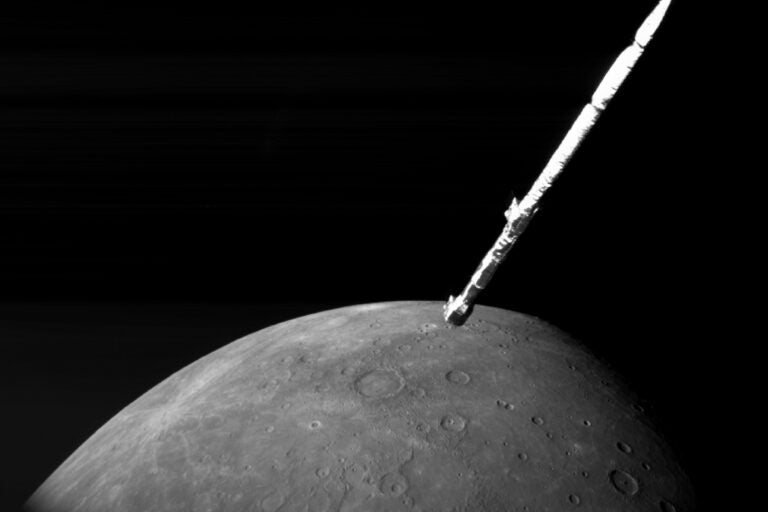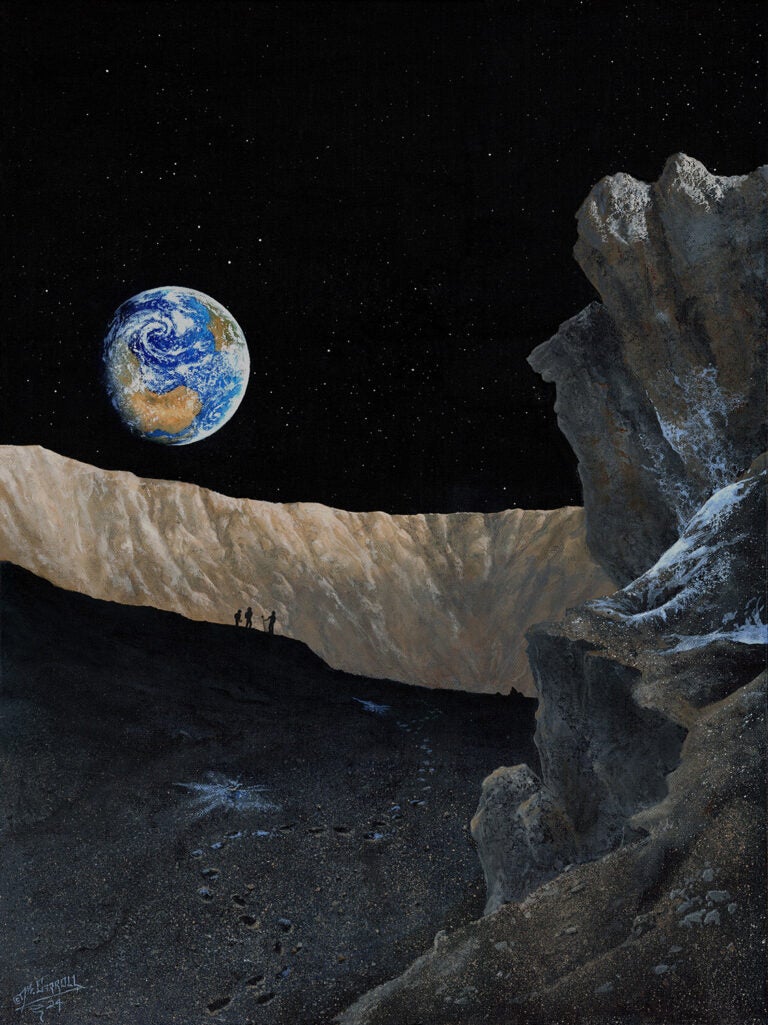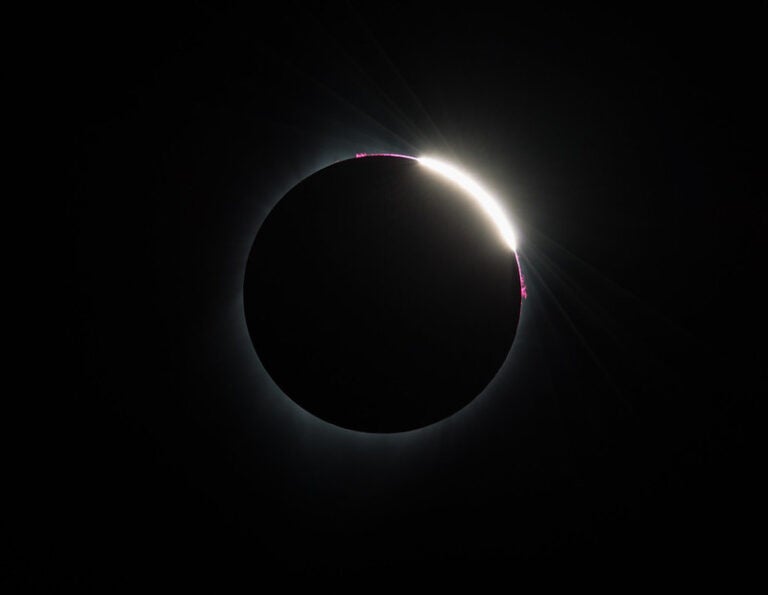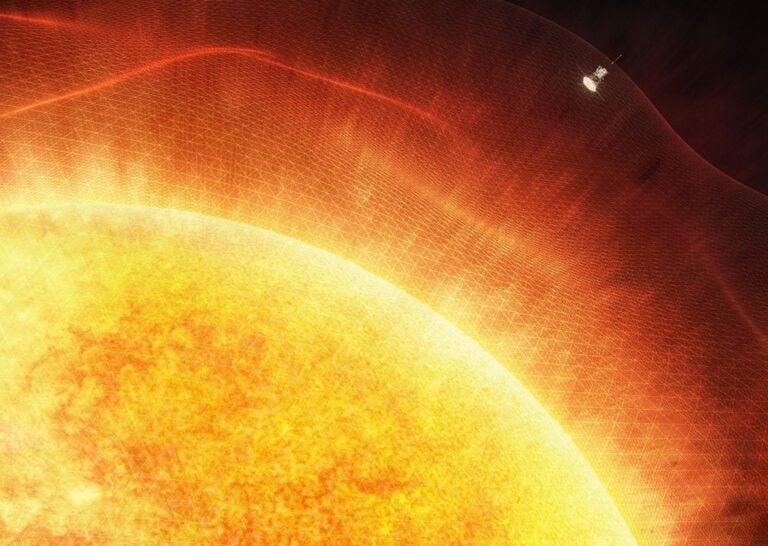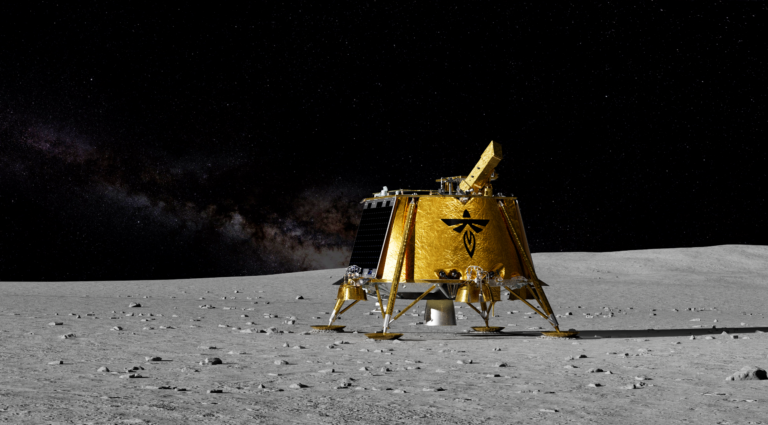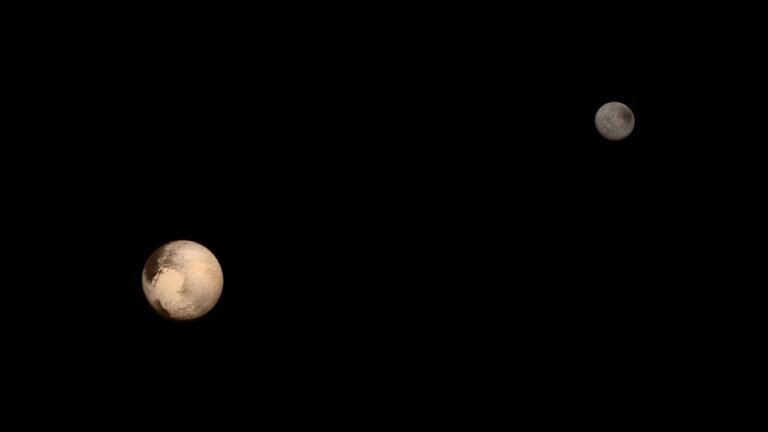High-resolution images of Saturn’s moon Enceladus provide evidence that liquid water is erupting in geyser-like fashion near the tiny moon’s south pole. “We have found another environment in our solar system, in a very surprising place, that could host living organisms,” says Carolyn Porco of the Space Science Institute in Boulder, Colorado, and Imaging Team leader for NASA’s Cassini spacecraft, which flew past the moon 3 times last year.
The ingredients necessary for life as we know it include liquid water, a heat source, and organic material. At Enceladus, all three appear to exist — Cassini also found methane, a carbon compound, near the moon’s south pole. Scientists caution that any life there would be microbial, similar to organisms living near hydrothermal vents on Earth.
Enceladus joins a select group of solar-system places with active geology: Earth, Jupiter’s moon Io, and possibly Neptune’s moon Triton. Planetary scientists suspect other moons, like Jupiter’s Europa, harbor liquid-water oceans — but miles below a frozen surface.
At Enceladus, Cassini imaged fractures, dubbed “tiger stripes,” at the south pole that are venting water-vapor plumes some 265 miles (430 kilometers) into the atmosphere. Scientists analyzing the data see no other explanation for the jets than pockets of liquid water under the surface, although what’s heating the moon so much (and driving the eruptions) is unknown.
When the spacecraft passes by the moon again in 2008, researchers hope to learn more. “We’re already altering our plans for observations in the future to see if we can get more data on Enceladus, and I wouldn’t be at all surprised if this didn’t become another major target for exploration in the future,” comments Torrence Johnson of the Jet Propulsion Laboratory in Pasadena, California, and a Cassini Imaging Team member.
The team’s results appear in this week’s Science.

